Chogan (Polo): A Horse-Riding Game Originated in Iran
Chogan or Polo is a horse riding game of Persian heritage that traces back to the 6th century B.C.
It was initially a training game for cavalry units showcasing the prowess of war horses and their riders, and it evolved into a Persian national sport played by nobility.
Today, Iranian Polo continues to reign as a majestic sport and was added to UNESCO's prestigious list of Intangible Cultural Heritage of Humanity in 2017.
Join us as we explore the Polo history and its impact on Iranian art and culture, and guide you through its equipment and how to play.
History of Polo
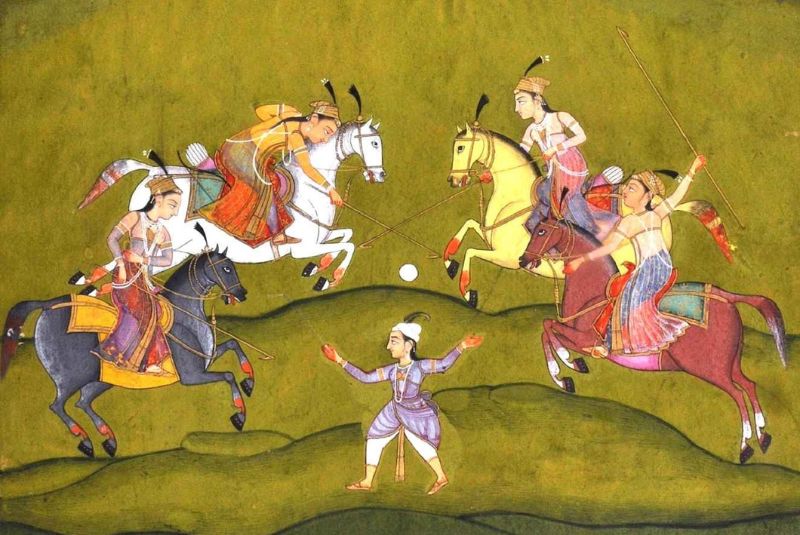
Polo has spread like wildfire, reaching Constantinople and stretching eastward through Bactria, Afghanistan, Tibet, China, and Japan. Even the majestic land of India embraced Polo during the illustrious Mughal dynasty. But where did Polo originate?
Travel back in time to 600 BC in Iran, where the Polo sport origin can be traced. It was during the era of the Achaemenids that this exhilarating game first emerged. As centuries unfolded, Chogan gained popularity and flourished during the Sassanid period, capturing the attention of renowned poets like Rudaki and Ferdowsi, who mentioned it in their literary works.
As Chogan spread to other countries, it adopted various names and influenced other sports like Golf and Hockey. The name "polo" is said to have originated from the Tibetan word "pulu," meaning ball.
The Mongol invasion further spread the Iranian Polo across their vast empire, and it found favor in East Asian countries. Chogan flourished during the Safavid era, with Iran's capital city becoming a hub for the sport. Even Europe became acquainted with Iranian Polo through interactions with the Safavids and their colonial times in India. The game's popularity grew and peaked in South America.
Originally, Polo was more than just a game; it was a unique blend of sports and military training played by intrepid nomads. However, recognizing its potential, the Persians wholeheartedly embraced the game and transformed it into their national sport, affectionately known as 'Chogan.'
But here's an intriguing fact: Chogan wasn't exclusively a male-dominated domain. Women also participated in this thrilling sport.
| Read more: Sama Dance | Unraveling the Mystical Beauty of an Ancient Dance

Some evidence supports Iran as the birthplace of Polo; There is an intriguing episode in Polo Sport history involving Alexander the Great and Darius, the last king of the Achaemenid Dynasty. In the narrative tradition of Iran, Alexander is depicted as Darius' half-brother, making his ascent to the Persian throne a legitimate succession. According to the story, Alexander received a gift from Darius, which included a ball and a stick. The message behind the gift was to focus on playing Chogan rather than war. However, Alexander cleverly interpreted the ball as the Earth and himself as the stick, asserting his dominance over the world. This event predates the claim that Polo originated in the Parthian Empire, further solidifying its deep-rooted presence in Persian society.
Another piece of evidence can be seen in the epic Shahnameh, written by the famous poet-historian Abulqasim Ferdowsi during the 9th century. Ferdowsi's work shares stories of the Turanian and Siyâvash's followers being among the first to play this game, a historical nugget that firmly answers the question, "Where did polo start?"
Further historical documentation comes from Dinvari, an Iranian historian from the same era, who provided detailed accounts of the game's rules and even offered advice on how to master it. The Ziyarid dynasty's King Qâbus also documented the game's rules, adding to the body of evidence.
Polo in Persian Art and Literature
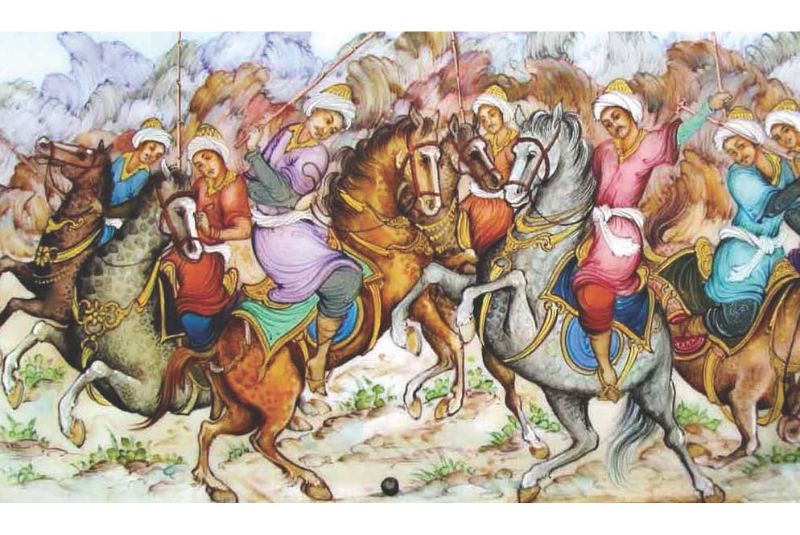
Now that we know Polo sport history let's see its impact on Iranian art and literature. Polo is prominent in Persian art and literature, leaving its mark on various artistic expressions. Renowned Persian poets and philosophers like Ferdowsi, Khayyam, Nezami, Sa'adi, and Hafiz often incorporated Polo into their works, metaphorically conveying philosophical ideas.
Here are some examples, the poet Nizami narrates a story centered around Polo in his work, "Khosrow and Shirin." In this tale, Khosrow, the Sassanid king, meets his Aramean wife, Shirin, during a polo game. Their encounter is described with poetic beauty, comparing Shirin's beauty to a dove on the grass and her courage to a hunting hawk.
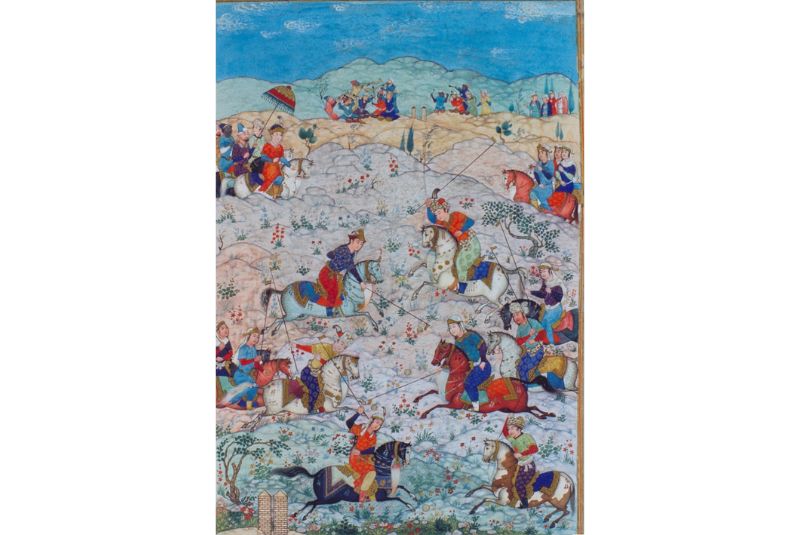
Furthermore, during the 11th century, the court poet Farrukhi Sistani dedicated his poetry to Sultan's passion for Polo, listing it as one of the four activities the monarch should engage in feasting, hunting, polo games, and war.
You can also find references to Polo in Persian miniature paintings and pottery designs, showcasing its significance in visual arts. Even today, Persian painters continue to feature Polo in their traditional miniature styles, keeping the tradition alive.
| Discover: Top Iranian Handicrafts You Should Know
How to Play Polo
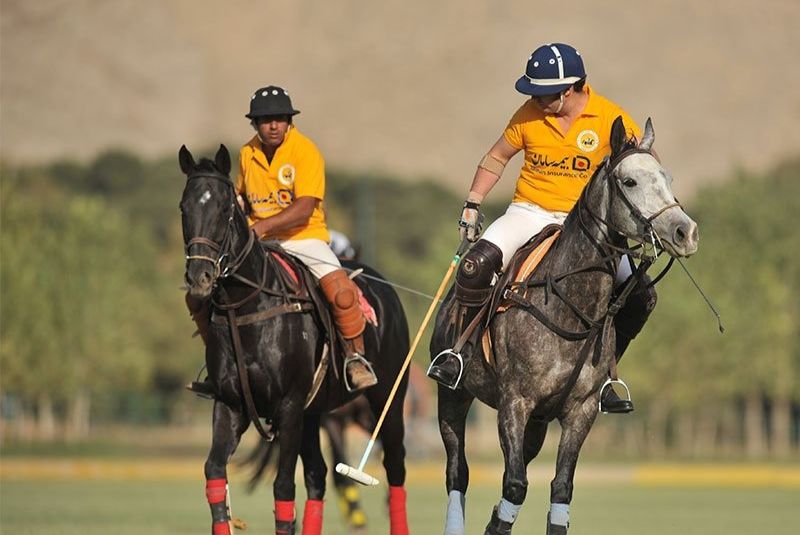
Playing Polo is fun but requires skill, teamwork, and a deep understanding of the game. The game is straightforward to understand. To win the game, a team must score the most goals. In the event of a draw, an additional chukka (periods of play) is played, and the first team to score a goal wins. If no goals are scored in the extra chukka, another one is played with widened goalposts, and the first team to score emerges as the victor.
Each team consists of four players, each with a specific position indicated by the number on their kit.
Position 1 is the attacking offensive player, similar to a striker in soccer or forward in hockey. Their primary focus is to score goals. However, they are also responsible for defending against the opposition's position 3 players.
Position 2 is an offensive player who supports the position 1 player in attacks. They also have defensive duties and often switch positions with the position 3 players during attacks.
Position 3 is an attacking role, and players in this position must be able to hit the ball accurately upfield to position 1 and 2 players. They are comparable to quarterbacks in other sports.
Position 4 is the defensive position, responsible for safeguarding the team's goal. While their primary role is defense, they also contribute to the team's offense by accurately moving the ball forward to the attacking players after successfully defending the goal.
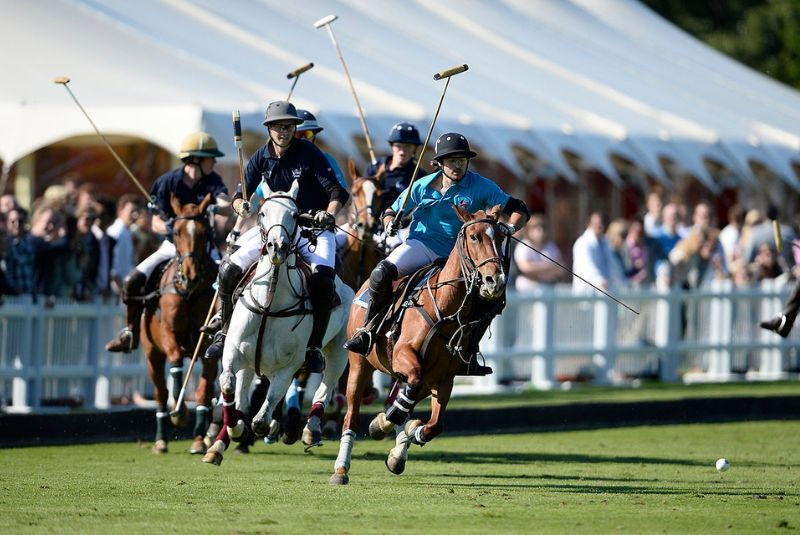
Interestingly, unlike many other sports that have set halftime periods, in Polo, teams change the direction of the field every time a goal is scored. This tradition is believed to have originated from the historical orientation of pitches on an East/West axis, where teams wanted to avoid the sun or wind in their face for extended periods.
| Learn more: Iranian Folkloric Dance
Polo Equipments
In terms of equipment, a key component is the Polo pony, a horse specially bred for the game. Each player needs at least two ponies to switch out between chukkas (periods of play). The player may own their ponies or use those provided by their club. A specialized saddle is used to securely seat the player, control the horse, and swing the mallet. Other essential equipment includes a helmet, gloves, a polo stick, knee guards, and a ball.
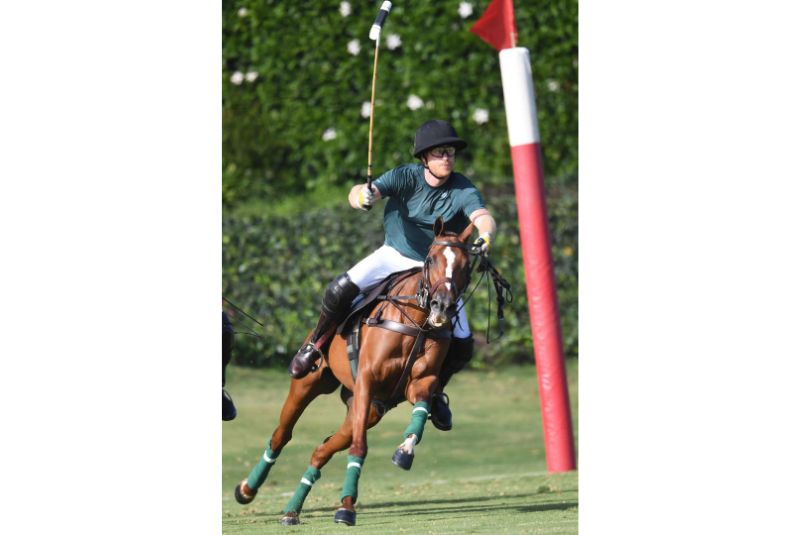
Bottom Line
Chogan is an ancient Iranian sport that evolved into modern-day Polo. Its captivating journey began in Iran, evolved through different eras, and spread across continents.
Chogan's significance goes beyond being a game; it served as a unique amalgamation of sports and military training for nomadic communities.
It has profoundly impacted Iranian art and literature, permeating various artistic forms throughout history. From the works of renowned poets like Ferdowsi, Khayyam, Nezami, Sa'adi, and Hafiz to the intricate details of Persian miniature paintings and pottery designs, Polo has left an indelible mark on Persian artistic expressions.
Today, the legacy of Chogan lives on through the international tournaments held in different parts of the world that showcase the rich heritage and spirit of the sport.
Share your story!
Comment below and let us know about your Experience.
Your story inspires others!


Comment
Leave a Comment